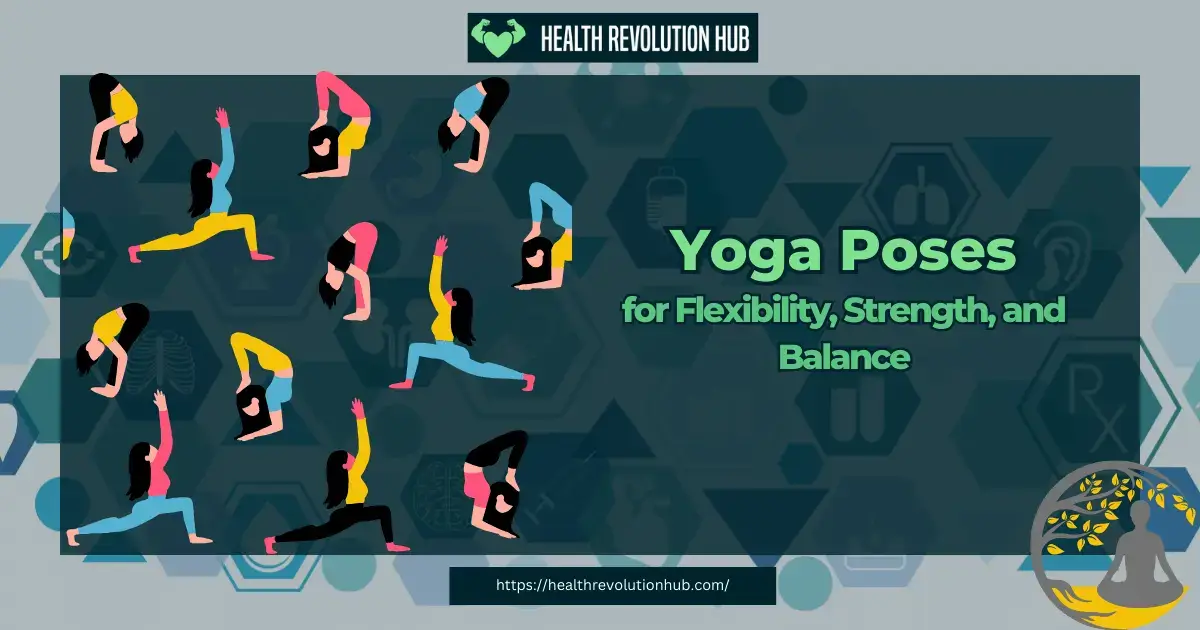Introduction
Yoga, a practice that originated in ancient India, has gained immense popularity in recent years for its numerous physical and mental benefits. It combines various postures, breathing exercises, and meditation techniques to promote overall well-being. In this article, you will explore how yoga can help improve flexibility, strength, and balance, and introduce a selection of yoga poses tailored to enhance these specific aspects of fitness.
How can yoga help improve flexibility, strength, and balance?
Yoga utilizes a wide range of poses that target specific muscle groups, promoting both flexibility and strength. The combination of stretching and holding these poses challenges the body’s limits while simultaneously building muscle endurance and promoting joint stability. By consistently practicing yoga, individuals can gradually increase their flexibility, enabling them to move with greater ease and prevent injuries. Moreover, the incorporation of balancing poses helps improve proprioception and stability, leading to enhanced overall balance.
Yoga Poses for Flexibility
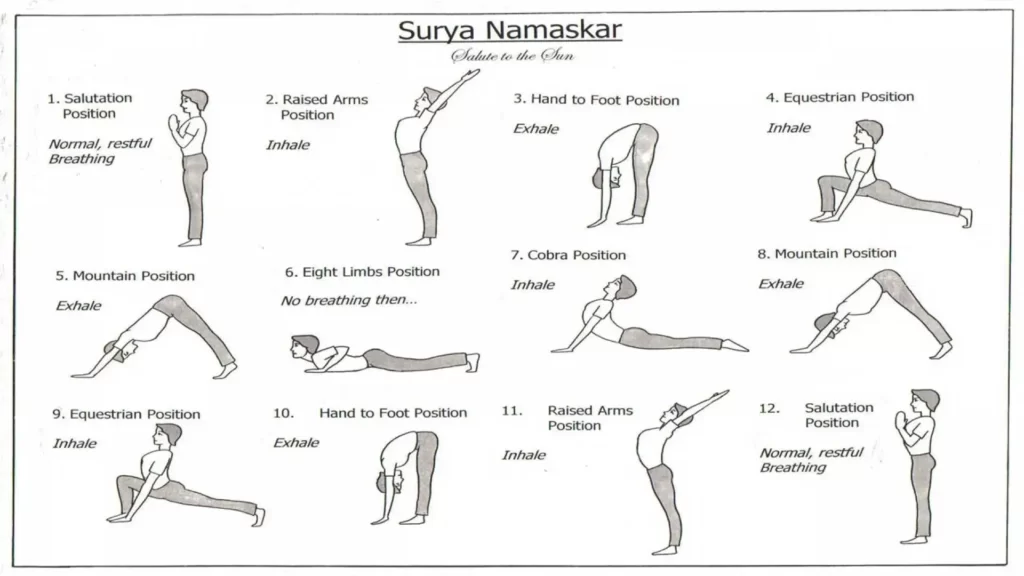
Sun Salutation (Surya Namaskar)
The Sun Salutation, often considered a complete body workout, consists of a series of flowing movements that engage multiple muscle groups. It includes various poses such as the Mountain Pose, Forward Fold, Upward Dog, and Downward-Facing Dog, all of which contribute to increased flexibility and improved blood circulation.
Standing Forward Bend (Uttanasana)
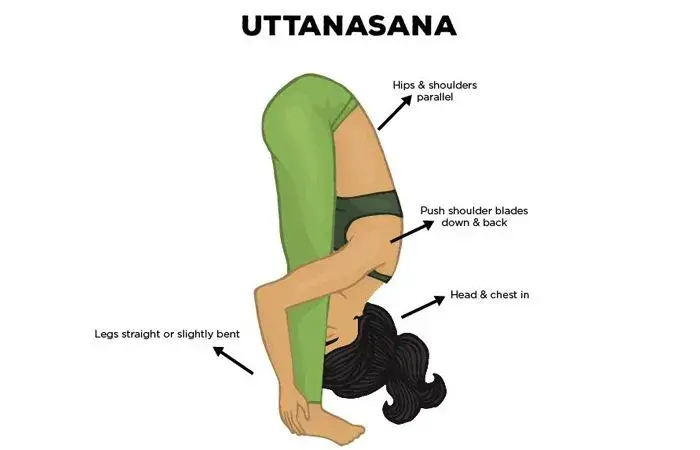
This pose entails gently folding the torso over the legs while keeping the spine elongated. As the hamstrings and calves experience a deep stretch, the Standing Forward Bend increases flexibility in the lower back, hips, and legs, promoting a sense of release and relaxation.
Downward-Facing Dog (Adho Mukha Svanasana)
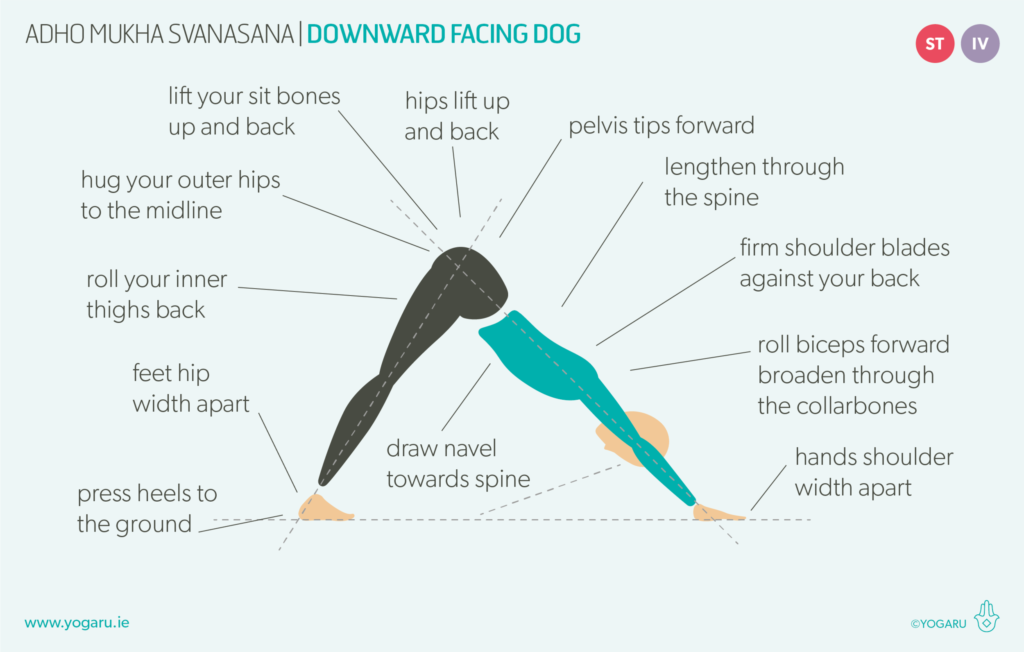
Downward-Facing Dog is an iconic yoga pose that engages the entire body, particularly targeting the arms, shoulders, hamstrings, and calves. The stretch created in this pose helps to elongate the spine, release tension, and improve overall flexibility.
Pigeon Pose (Eka Pada Rajakapotasana)
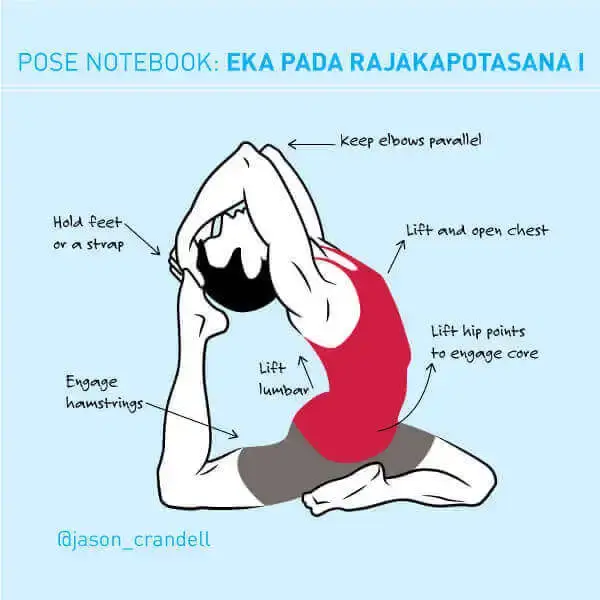
The Pigeon Pose specifically targets the hip flexors and glutes, providing a deep stretch to these areas. By opening the hips and releasing tension, this pose contributes to improved flexibility and increased range of motion in the hip joints.
Child’s Pose (Balasana)
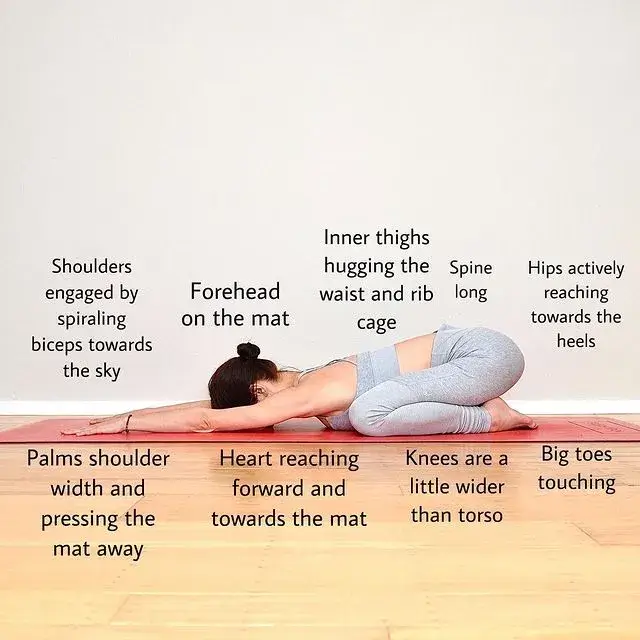
Child’s Pose is a restorative pose that allows for gentle stretching of the back, hips, and thighs. By assuming a fetal-like position, practitioners can experience deep relaxation and release tension in the muscles, promoting flexibility in the spine and shoulders.
Yoga Poses for Strength
Warrior Pose I (Virabhadrasana I)

Warrior Pose I is a standing pose that engages the muscles of the legs, core, and arms. By challenging stability and endurance, this pose strengthens the quadriceps, glutes, shoulders, and arms, fostering overall strength and power.
Warrior Pose II (Virabhadrasana II)
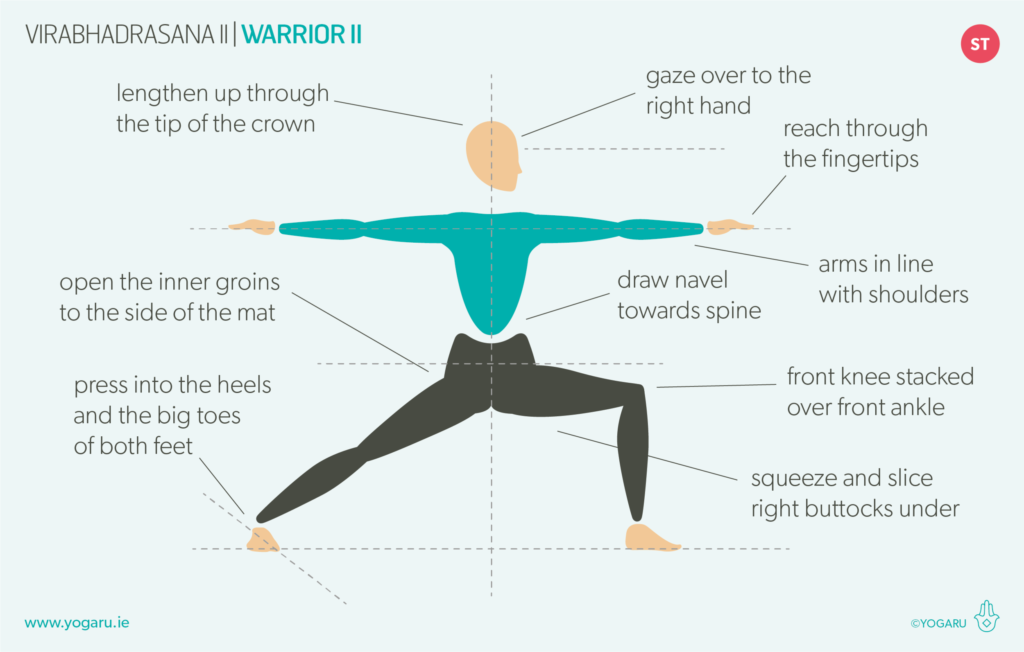
Similar to Warrior Pose I, Warrior Pose II is another standing pose that targets the legs, core, and arms. This pose increases strength in the quadriceps, hamstrings, glutes, and hips while promoting stability and building endurance in the upper body.
Triangle Pose (Trikonasana)
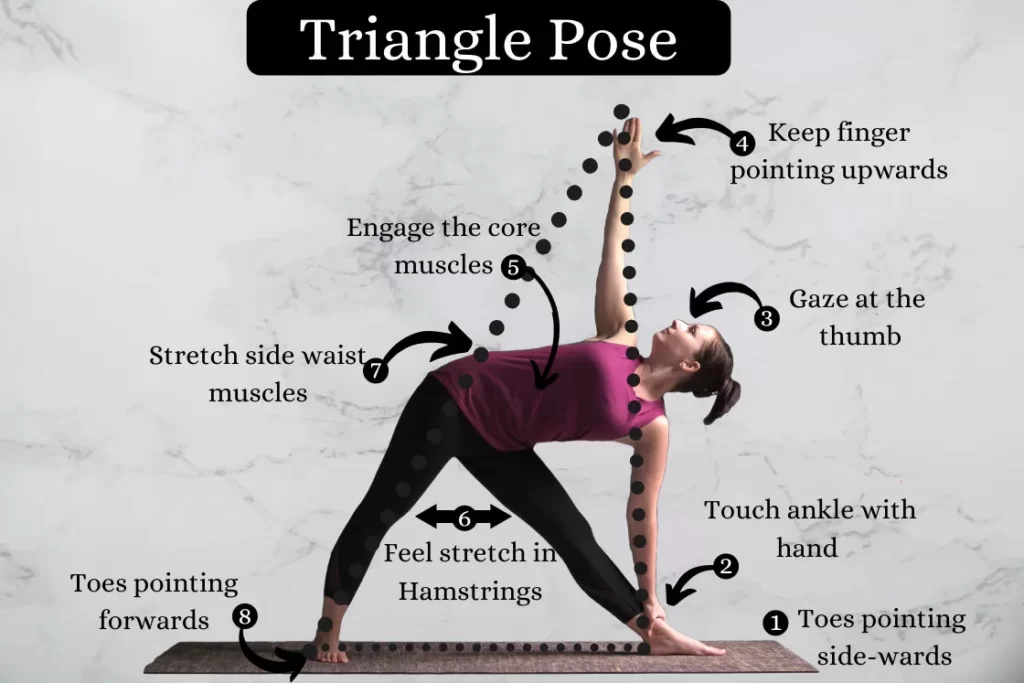
Triangle Pose is a lateral stretch that engages the legs, core, and shoulders. By actively lengthening the side body and creating a deep stretch in the hamstrings and hips, this pose helps build strength in the legs, increase stability, and improve overall posture.
Plank Pose (Chaturanga Dandasana)

Plank Pose is a foundational pose that targets the core, arms, and shoulders. By holding a position similar to a push-up while maintaining alignment, this pose builds strength in the abdominal muscles, arms, and upper body, improving overall stability and posture.
Bridge Pose (Setu Bandhasana)
Bridge Pose is a backbend that targets the glutes, hamstrings, and lower back. By lifting the hips and elongating the spine, this pose strengthens the posterior chain, improves flexibility in the shoulders, and cultivates core stability.
Yoga Poses for Balance
Tree Pose (Vrksasana)
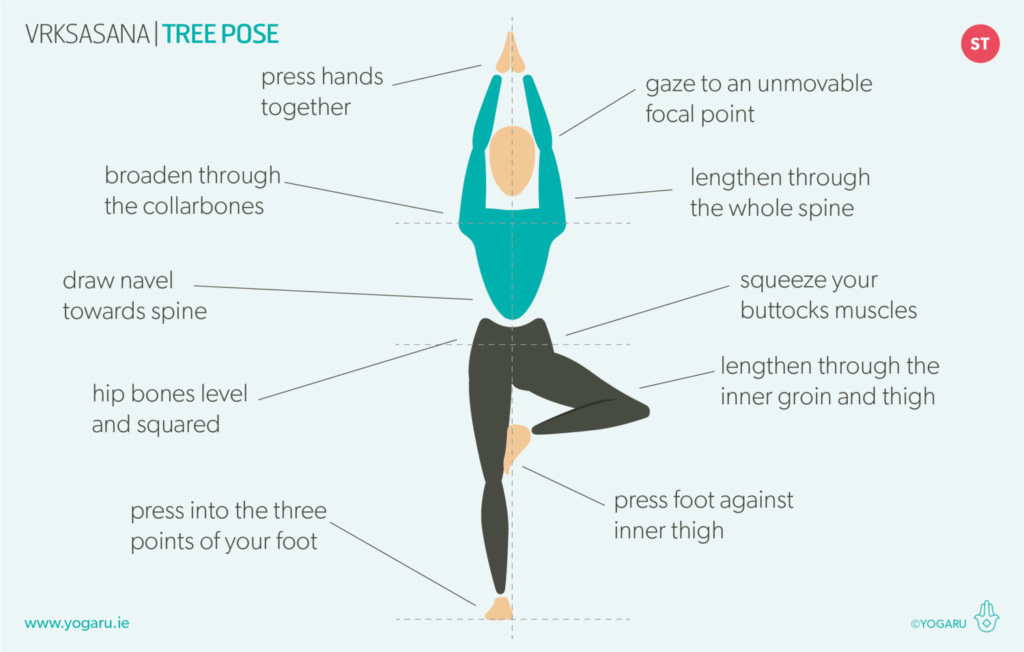
Tree Pose is a standing pose that challenges balance and stability. By balancing on one leg while grounding the other foot into the standing leg, individuals enhance their ability to maintain balance while strengthening the muscles of the legs and improving overall stability.
Half Moon Pose (Ardha Chandrasana)
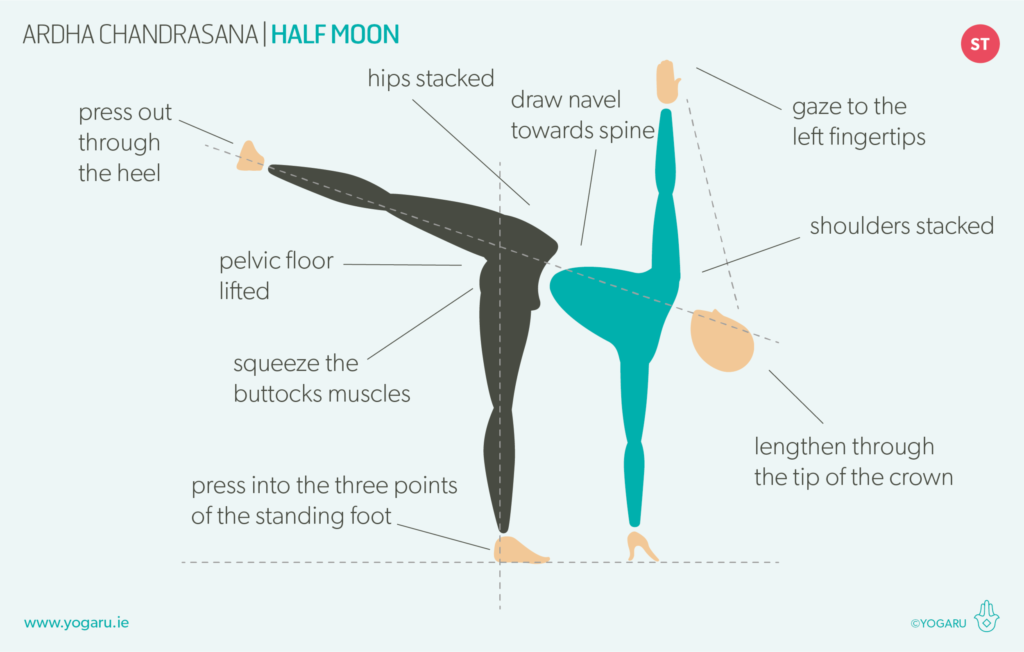
Half Moon Pose is a balancing pose that engages the legs, core, and obliques. By creating a horizontal line with the body while balancing on one leg, this pose strengthens the legs and core while improving overall balance and focus.
Warrior Pose III (Virabhadrasana III)
Warrior Pose III is an advanced balancing pose that targets the legs, core, and shoulders. By extending one leg backward while leaning forward and engaging the core and glutes, this pose challenges stability, improves balance, and enhances overall strength.
Standing Forward Bend with Bound Angles (Paschimottanasana with Baddha Padas)
This pose combines the forward bend with bound angles, further intensifying the stretch in the hips, hamstrings, and lower back. By challenging flexibility and balance simultaneously, this pose promotes a sense of unity between strength and flexibility.
Mountain Pose (Tadasana)
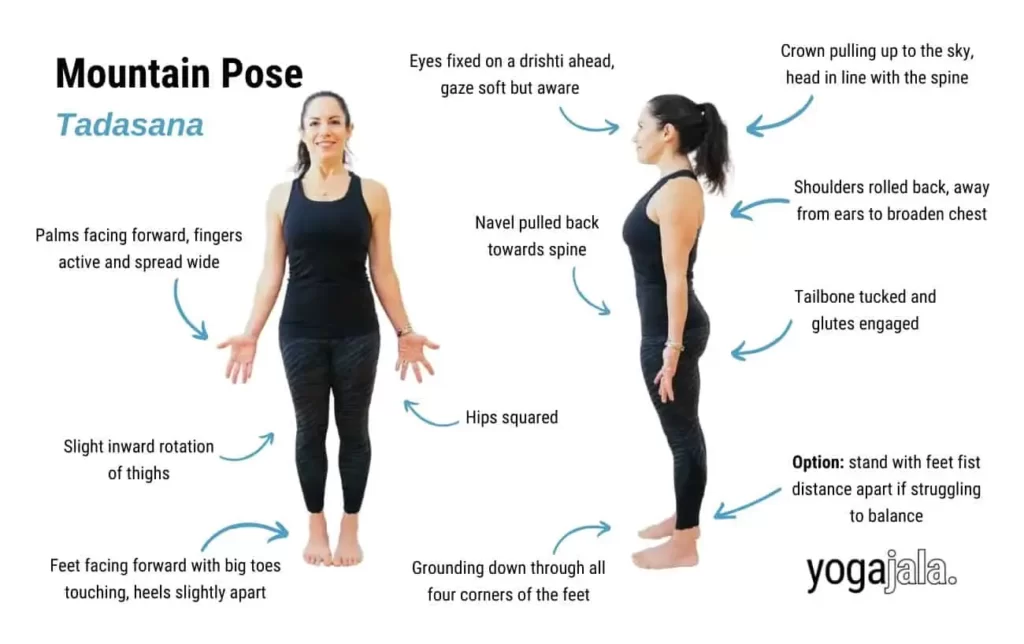
Often considered the foundation of all standing poses, Mountain Pose focuses on grounding and balance. By actively engaging the legs and core, individuals cultivate stability, improve posture, and strengthen the muscles required for balance.
Conclusion
Yoga offers a multitude of poses that promote flexibility, strength, and balance. By incorporating these poses into a regular practice, individuals can experience the transformative benefits of yoga firsthand. It is essential to choose poses that align with personal goals and physical capabilities. Remember to approach yoga with patience, respect your body’s limitations, and seek guidance from a qualified instructor when necessary. With consistent practice, yoga can become a powerful tool for enhancing overall well-being, physical fitness, and mental clarity.
FAQs
What are the benefits of yoga poses for flexibility?
Yoga poses can help improve flexibility by stretching the muscles and connective tissues. This can help improve range of motion and reduce stiffness. Yoga can also help to improve posture and alignment.
What are the benefits of yoga poses for strength?
Yoga poses can help improve strength by engaging the muscles and challenging them in new ways. This can help to build muscle mass and endurance. Yoga can also help to improve core strength, which is important for overall health and fitness.
What are the benefits of yoga poses for balance?
Yoga poses can help improve balance by challenging the body to maintain equilibrium. This can help to reduce the risk of falls and improve coordination. Yoga can also help to improve proprioception, which is the body’s awareness of its own position in space.
How to choose the right yoga poses for me?
When choosing yoga poses, it is important to consider your individual needs and fitness level. If you are a beginner, it is best to start with simple poses and gradually work your way up to more challenging poses. It is also important to listen to your body and avoid poses that cause pain.
How to practice yoga poses safely and effectively?
Here are some tips for practicing yoga poses safely and effectively:
- Warm up before you start your practice. This can help to prevent injuries.
- Breathe deeply and evenly throughout your practice. This will help to calm your mind and body.
- Listen to your body and don’t push yourself too hard.
- If you feel pain, stop the pose and modify it or come out of it completely.
- Be patient and consistent with your practice. The benefits of yoga will come with time.
What are the benefits of regular yoga practice?
Regular yoga practice can have many benefits for your physical and mental health. Some of the benefits include:
- Improved flexibility
- Increased strength
- Better balance
- Reduced stress
- Improved sleep
- Reduced pain
- Improved mood
- Increased energy
- Enhanced concentration
- Improved overall well-being
Related Topics Outdoor Workout: Hiking, Kayaking, and Rock climbing.

